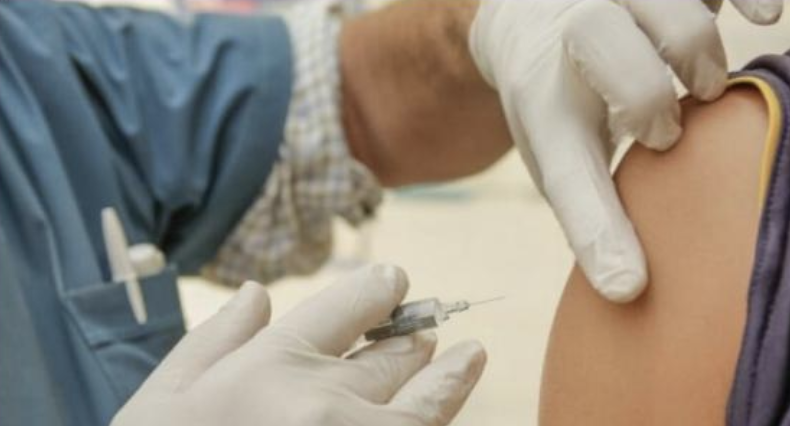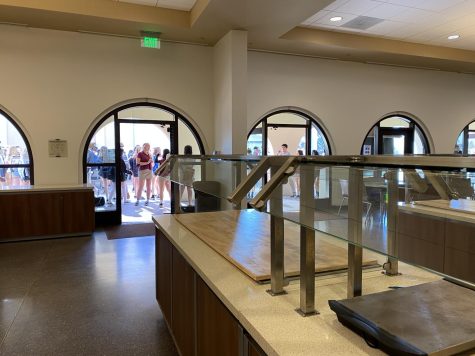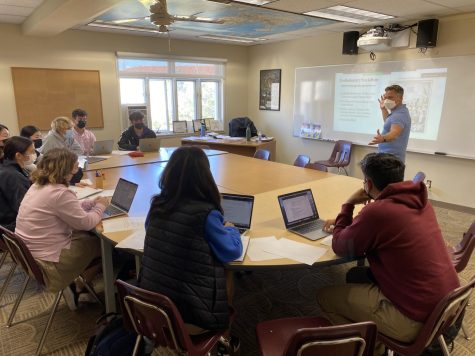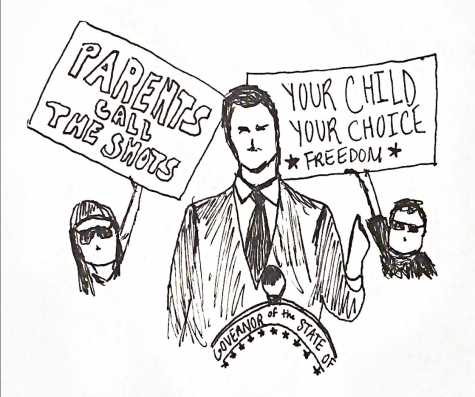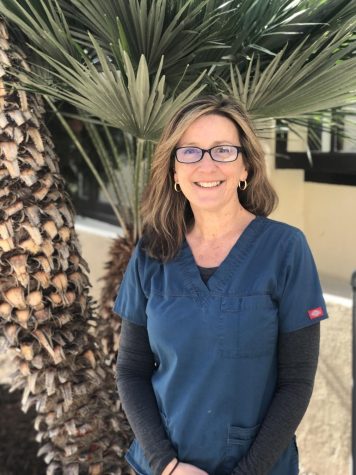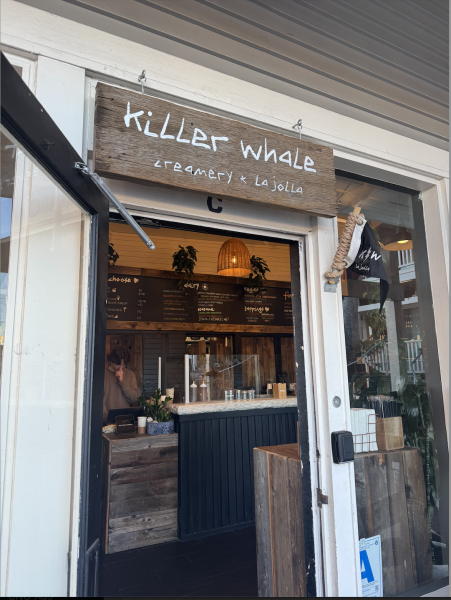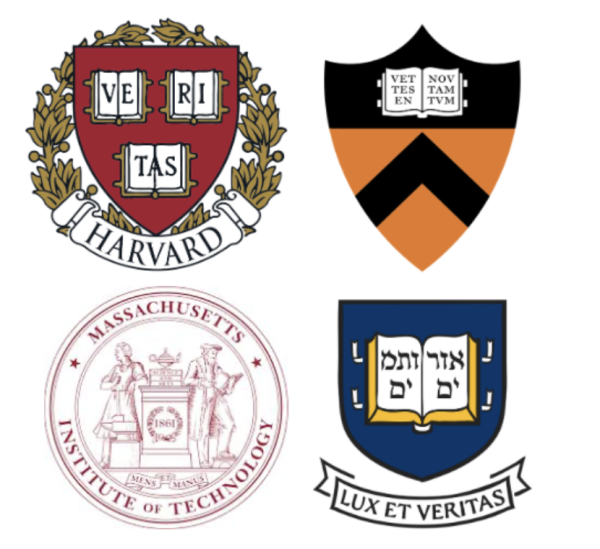A Peek Into the Future
Examining certain changes brought about by the pandemic and their lasting effects
On March 11 of this year, the World Health Organization (WHO) declared the novel COVID-19 outbreak a global pandemic. The news came suddenly, unleashing havoc on the lives of individuals living in different places, working different jobs, and studying in different stages. However, despite the destruction of this hard-hitting issue, many innovative changes have brought undeniable changes that may reshape our world in the long run.
Today, the virus has been confirmed in nearly every county in the United States and virtually every nation on the planet. The connectivity within and among cities is key to “superspreading” events that increase COVID-19’s infection rate. “Given that each infected person can spread the virus to a few other people, it’s easy to see how a gathering or event can end in one or two people becoming sick,” explained Dr. Wesley Long, the director of diagnostic microbiology at Houston Methodist. The approach of street cleaning, hospitals, water drainage systems, garbage disposal systems, and developed public health systems all emerge from acknowledgments to previous illness outbreaks. Now, urban administrators are restructuring communal locations to feature more green areas, open-air recreation spaces, and pedestrian zones. And because of how the coronavirus spreads through close contact from person to person, open spaces are often the subjects of these changes.
For example, while public transportation usage has noticeably fallen throughout the months, cities like New York have started to expand bike lanes and reduce vehicle traffic. “The open streets are going to be another way we help encourage social distancing because the warmer weather tells us we’re going to have a new challenge,” Mayor Bill de Blasio said at a press conference. In April, he explained in accordance with the New York City Council that they would open up at least 40 miles of streets in May, with the final goal of 100 miles in the near future. Again, through the pandemic, the vulnerability of high-density populations is more accepted. After COVID-19, people, in general, will be more aware of packed locations, crowded restaurants, densely populated stadiums, and busy workspaces.
Current events have not only accelerated the adoption of online learning, they have also directed academic institutions firmly on an enduring path. Even though in-person learning undoubtedly has some unique advantages, online learning offers multiple key benefits that traditional on-campus education cannot match. One huge aspect of the online school format that receives praise is its convenience and flexibility. For some learners, this aspect may just be an added bonus. However, for many, like international students, this is a life-changing experience. “I did not expect high school to start this way,” said Andy Jiang, a freshman going to an East Coast Boarding School. “Since it happened this way, I’ve come to appreciate a lot of the elements from my life in Shanghai.” Of course, being on campus for school may make learning easier, but students are glad that they were offered an alternative.
Hally Wu, a sophomore at La Jolla Country Day explained: “I like the distance learning experience more since I have time to physically hang out with my family in China.” She continued, “We did not live in the same country previously.” For Sofia Roberts (‘22), the option of online school came as a nice surprise. “If there hadn’t been this choice, I definitely would have not been able to stay with my family during this pandemic,” she said. “Although it may be easier going to in-person school, I realized the importance of being appreciative when things like this happen.” When asked about the downsides of living in Shanghai while going to school in the United States, Andy revealed that there is a time difference of thirteen hours that may alter his preconceptions about when school is. “After adjusting my body and schedule around the difference, everything else comes easily,” he said. For this problem, some schools go as far as devising measures specific to their international students. “In my case, a normal school day now is quite similar to how it would be if I attended in-person school in America,” explained Richard Wu, a sophomore at the Webb Schools in Claremont, California. “My school has a lot of students in Asian time zones, so the teachers hold live classes during our morning and afternoon (their night).” This way, the act of going to school is as accommodating and flexible as possible—opening the doors to a new era for educational accessibilities.
Both surprisingly and unsurprisingly, it takes, on average, 12 years for an experimental drug to progress from bench to market. Other new technologies and methodologies in healthcare may also take years and several millions or billions of dollars before they are ready for public use normally. What if the world is not normal? It seems that during these unpredictable times, one thing is clear: global collaboration converging on a pressing dilemma is invaluable in advancing healthcare innovation at a never-seen-before speed. Solutions to help cope with COVID-19 have been produced at an extraordinary pace, with the added bonus of being relatively inexpensive to implement.
An example of a practical solution to a real-world problem comes from a 13-year-old who created 3D-printed “ear guards” for hospital staff to help alleviate the pain caused by wearing face masks for too long. Others have developed 3D-printed face shields and 3D-printed ventilator valves for dealing with COVID-19. At the start of May, Bishop’s Robotics Team saw a shortage in personal protective equipments (PPE) and was motivated to apply their expertise in 3D printing to provide the frontline workers with protection. “As a member, I was tasked with printing and putting together face shield parts such as clips and frames,” explained James Hou (‘23). “Through collaboration we were able to produce over 1000 face shields as a team!” They had mailed these face shields along with other PPE and thank-you letters to our healthcare providers.
“I believe that we will learn a lot from this experience and grow to be more prepared,” James said. “COVID-19 has started a new era on multiple fronts.” Undoubtedly, the damage brought by the pandemic is unprecedented. However, innovations and positive changes are taking place. With the pace of advancements currently, it is safe to say that at least some of these adjustments may be long-term.
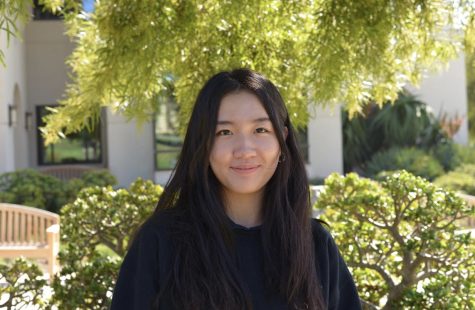
Crystal Li joined The Tower in her freshman year when she moved from Shanghai to San Diego in 2019. Now a senior, she fondly looks back on the four-year...


